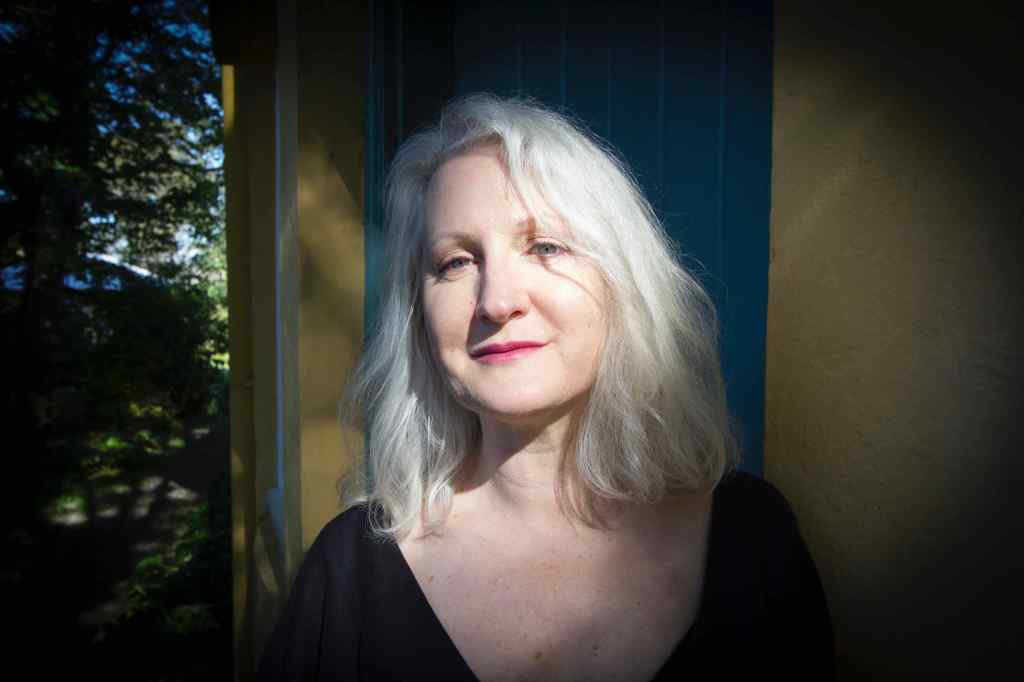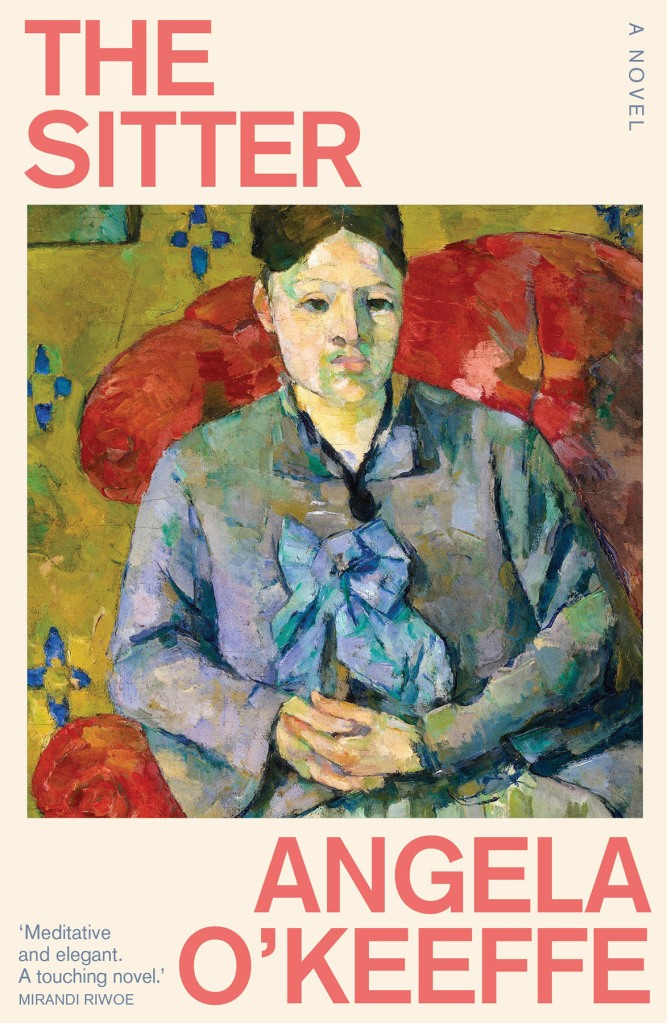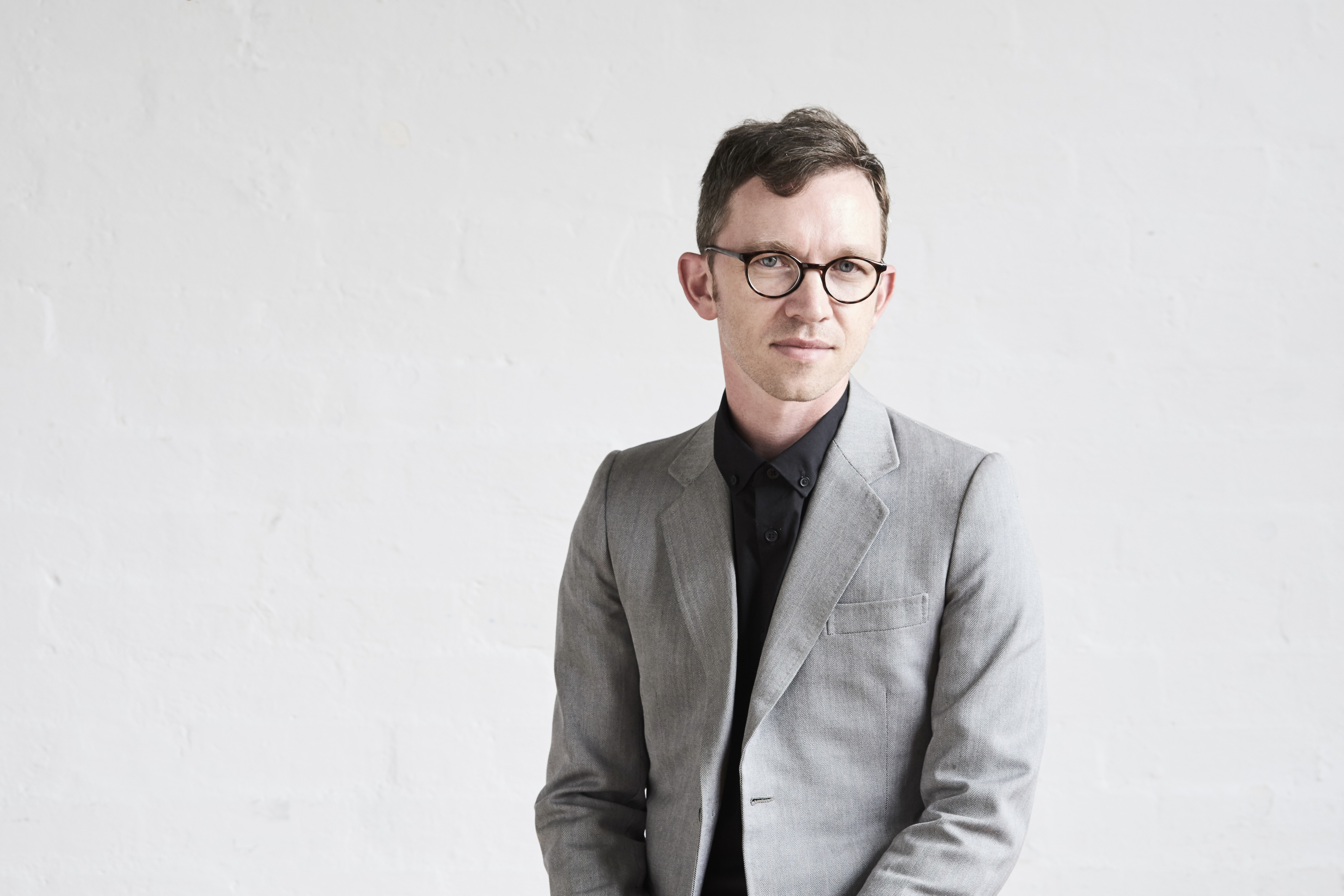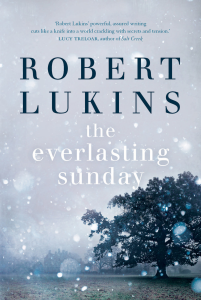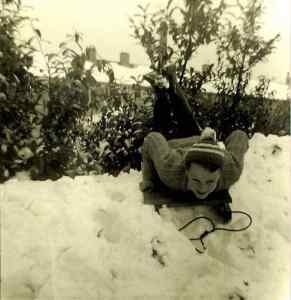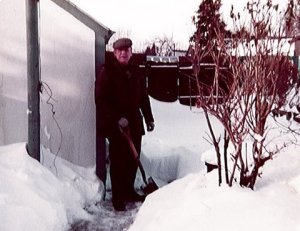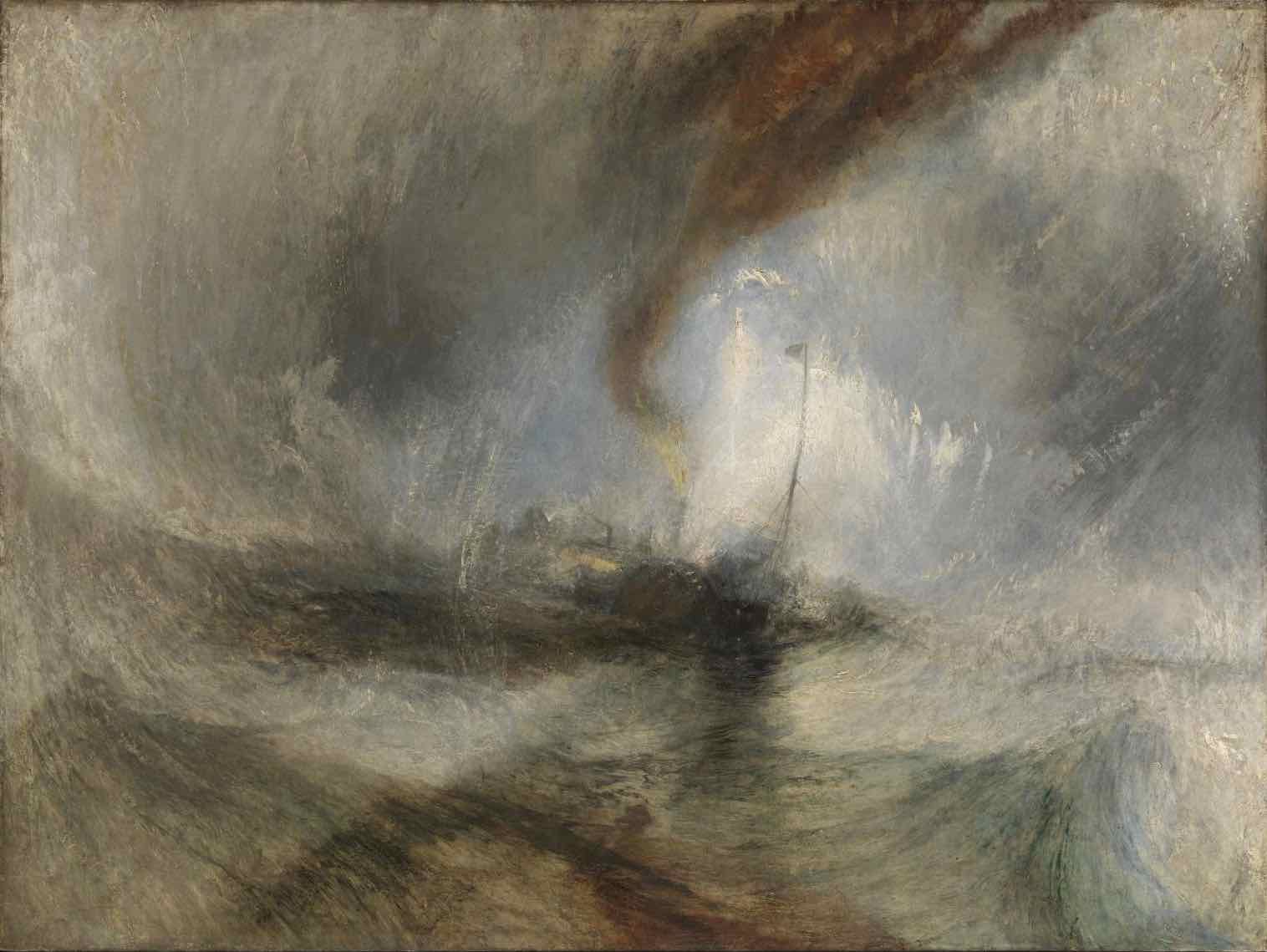I was blown away by Angela O’Keeffe’s Night Blue when I read it last year, and not at all surprised when it went on to be shortlisted for the 2022 Prime Minister’s Literary Award for Fiction.
Angela and I met at Varuna last July, where I was working on my current novel and, in the next room, she was finishing the manuscript of her second novel.
And that manuscript has just been published. I loved The Sitter as much as I did Night Blue and was thrilled when Angela agreed to take part in this interview series.
Angela O’Keeffe grew up with nine siblings on a farm in the Lockyer Valley, Queensland. She completed a Master of Arts in Writing at UTS, and her first novel, Night Blue, was shortlisted for the UTS Glenda Adams Award for New Writing, as well as the Prime Minister’s Award. She was the recipient of the 2023 Varuna Eleanor Dark Fellowship, and the 2023 UQP Quentin Bryce Award for The Sitter.
Paris, 2020. A writer is confined to her hotel room during the early days of the pandemic, struggling to finish a novel about Hortense Cezanne, wife and sometime muse of the famous painter. Dead for more than a century, Hortense has been reawakened by this creative endeavour, and now shadows the writer through the locked-down city. But Hortense, always subject to the gaze of others, is increasingly intrigued by the woman before her. Who is she and what event hides in her past?
Heartbreaking and perfectly formed, The Sitter explores the tension between artist and subject, and between the stories told about us and the stories we choose to tell.
Art as story
AC: Angela, this is your second novel and the second involving art. Where does this fascination for art come from? Are you an artist yourself? An art historian?
AO: I am neither! But I am asked this a lot. The attraction had to do with the artworks, of course, but also, and perhaps more so, at least initially, it came from the stories that surrounded them. So it was narrative that drew me in. Blue Poles was hated by so many Australians. Why? Hortense Cezanne looks so unhappy in the portraits, and she was disliked by Cezanne’s family and friends. How did she feel about that? But the stories never felt to me to be separated from the artworks. As I wrote, the artworks were an insistent presence.
‘Travelling and speaking through time’
AC: In the present of the narrative, there are only two characters, both of them compelling even though one of them is dead. A writer—at first unnamed—is in a hotel room in Paris, where she is writing a novel about Hortense Cezanne (1850–1922), the wife of French artist Paul Cezanne (1839–1906). Hortense is the other character—ghost, spirit, presence, shadow, figment of the writer’s writerly consciousness? She seems, during the course of the novel, to inhabit some of these nuances, or an indescribable other. I have two questions concerning Hortense. First, could you please talk about the creation of this unique character—what it was that drew you to this woman from history, and your decision to have her enter a contemporary story.
AO: I knew I wanted to write about Hortense when I saw some of the portraits in Paris in 2017. As already mentioned, it was the story surrounding her that drew me in. She was from a working-class family. Cezanne hid her and their son away from his family for many years out of fear of losing his stipend (on which all three survived) from his banker father. Their friends found her shallow. She sat for 29 portraits, and he was a painstakingly slow painter. In the portraits she looks dejected. I knew I wanted to write from her point of view, to explore how she might have seen all this. Bringing her into the present was an attempt to trace, or make visible, the invisibility of art travelling and speaking through time, how art latches onto the present and becomes something it wasn’t before. So I put Hortense and a contemporary writer in a room together in Paris. Could I conjure a situation in which their individual stories might somehow collide? And what might come of such a collision, what new thing might be born? These are the kinds of questions I was asking as I worked. I couldn’t articulate them then as I can now. But on some level I was aware of them through feelings of curiosity and fascination.
‘She would not defend herself’
AC: And my second question about Hortense: I imagine there were many writerly challenges in bringing Hortense to the page so convincingly. I am thinking, for example, of the issue of corporeality and how she manifests her presence in the contemporary character’s world; and also the question of desire—the needs and wants of the departed. Could you please talk about the challenges you faced and how you handled them?
AO: I have this memory of Hortense being really present from the start, that she was such a strong force that she landed quite easily on the page and I didn’t have to think about it. However, that can’t be true, because I also know that I wrote a full draft of the manuscript that I then discarded. Hortense was somehow wrong, or false in it, and I couldn’t use any of it. Then the pandemic came, and it shifted the book’s orientation, and suddenly Hortense came alive. She was just so present, and all I had to do was sort of feel my way along with her. I realised that she was not going to refute the terrible things that had been said about her. She would not defend herself. Instead, she would inhabit those things, and I would see what came of it. I remember feeling huge excitement at this.
Honouring blanks in the canvas
AC: I love the way Hortense, in life always the observed (the model for 29 paintings by Cezanne), becomes the observer in death. Was it your intention to give agency to this woman who appears to have had so little?
AO: Yes, that was one of my intentions, for sure. But I realised quite quickly that I couldn’t—and didn’t want to—make her whole. There are blanks in the canvases and blanks in her history, and I came to see that it was more interesting—for me, for the book—to honour those blanks, to see what an ‘unwhole’ character might do in this situation. The writer, too, is ‘unwhole’ in the story about her own past.
Hidden things
AC: You have devised a graceful way of telling the stories of the two women. The point of view is essentially Hortense’s—as both observer of the writer’s present and the teller of her own memories—but the writer’s point of view is also given voice when, in Part II, a new narrative is introduced, in the form of a letter from the writer to her daughter. Given that the two women are brought together by the writer’s narrative intention to write Hortense’s story, I wondered whether you were ever tempted to include also that developing narrative (aside from the one brief passage in Part I).
AO: Yes, I considered that. In the first attempt I mentioned earlier, there were some of those passages from the book. But there was something off about it. I can’t say what, really. It just didn’t work. And so when I came to write it again, that book is talked about rather than shown. It’s one more thing that is hidden in a novel about hidden things.
Holding two women in a room
AC: The narrative in the present is set in a significant time, March 2020: one year on from the Notre Dame fire in Paris, just after the catastrophic bushfire season in Australia, and the first month of a global pandemic that changed the lives of us all. All of these events are woven into the novel, and Covid plays a major part, in ways I can’t raise because they involve spoilers. But may I ask at what stage of the writing you were in March 2020? That is, did you set the novel then because of what happened and the opportunities it presented, or did you have to rethink a novel already in progress?
AO: As mentioned, I was at the stage where I was starting from scratch again. I had the two characters in a hotel room in Paris. I wanted them to be there for a while, but I couldn’t find a good reason. Was it jet lag? Probably not. And then the pandemic came and not only did I have the reason but the characters, both of them, came alive in new ways. It was such a wonderful thing to discover in that uncertain and terrible time.
Life mirroring art
AC: Did you write some or all of the novel in Paris?
AO: I couldn’t get to Paris because of the closed border. I had been there a couple of times, and I decided that that would be enough. It added to the sense of urgency, in a way. It was a sort of mirroring of the writer’s difficulty in returning home.
The Sitter is published by University of Queensland Press
Follow Angela on X/Twitter, Instagram, Threads (@angelaokeeffewriter)
There are many online reviews; this one by Lisa (ANZLitLovers)

